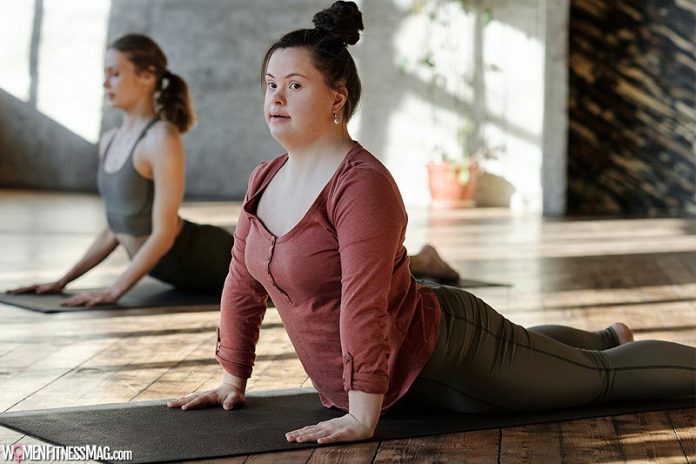8 Ways to Make a Yoga Class Inclusive and Eliminate Ableism : Some years back, yoga was an activity used to help people enlighten their spiritual growth. Western culture has altered the traditional objective of yoga. Currently, yoga focuses on two interconnecting elements: physical healing and ability. The two elements have a direct impact on the medical disability model.
The model describes that people with chronic illnesses, disabilities, or those with unfit bodies are perceived as inferior and require some fixing, making them be referred to as different or others. Westernized yoga concentrates on a specific body type with particular abilities considering it better than others. This culture is what creates the condition known as ableism.
What is Ableism?
Ableism is a form of discrimination towards people with specific disabilities. This condition is deeply rooted in most people, making it difficult to realize its impact on our beliefs and reasoning. People need to advance their self-awareness levels to notice changes in their ordinary ways of thinking.
Eight Best Ways to Eliminate Ableism in Yoga classes
The main objective of yoga is to increase self-awareness and rely on self-reflection as the main component. This article explains the best ways to eliminate ableism in your yoga classes. Here are the eight best ways to eliminate ableism in your yoga classes:
Put Identity into Consideration
Let the people with disability explain to you how they prefer to be addressed or identified. Let it be their personal choice to choose between the two terms: a person with a disability or a disabled person.
Make Your Language More Inviting Rather Than Commanding
When addressing your class or teaching some of the movements, always use a motivational voice. It allows people to explore their own limitations and abilities.
Avoid the Term ‘Advanced.’
The main objective of yoga is to develop inner peace, create self-awareness and reduce suffering. Asana is a more advanced yoga move, and it helps one learn their minds. However, it is good to consider that what appears to be simple to one person may be complex to another one. Therefore, using terms such as advanced eliminates the option for finding inner peace.
Use Variations Instead of Modifications on Different Poses
Most trainers focus on classical versions of yoga poses that imply that a variation is not so good. As trainers, we need to avoid considering some poses as less worthy or refer to them as modifications. It will help if your students are more comfortable doing some poses by providing them with the right yoga equipment. The Yoga Mats are varied in size and thickness, perfect for creating additional support. They also sell boosters and pillows which allow for pose modification and ensure a comfortable yoga flow.
Don’t Overexpress your Experience
As a trainer, note that people have different experiences in a single situation. It is important not to put a lot of consideration into our own experience. What you consider relaxing to you may not be relaxing to another. Therefore, we should consider using terms such as ‘this move may be relaxing’ rather than saying ‘this move will be relaxing.’
Always Ask How You Can Assist
The ideal way to connect with a disabled person is to offer a helping hand or show some willingness to assist if the need arises. It is essential to realize that not everyone with a disability needs help. Show some respect by offering them their personal space and inquire before jumping to help out.
Do not use the Word ‘Just.’
Trainers should avoid using the word ‘just’ when teaching. Most people assume that the term softens the language, but it diminishes the challenges one faces.
Avoid Focusing on Peak Poses
It is best to avoid putting more concentration on peak poses. It incorrectly places some positions to appear better than others since your experience matters most in the training room.
Conclusion
The main objective of yoga is to increase self-awareness. Therefore, it is crucial to make these sessions more comfortable than others. Using the right equipment for yoga training can accommodate people with different disabilities.
Related Videos about Ways to Make a Yoga Class Inclusive and Eliminate Ableism :
8 Ways to Make a Yoga Class Inclusive and Eliminate Ableism
what is an ableist, what is ableist mean,









